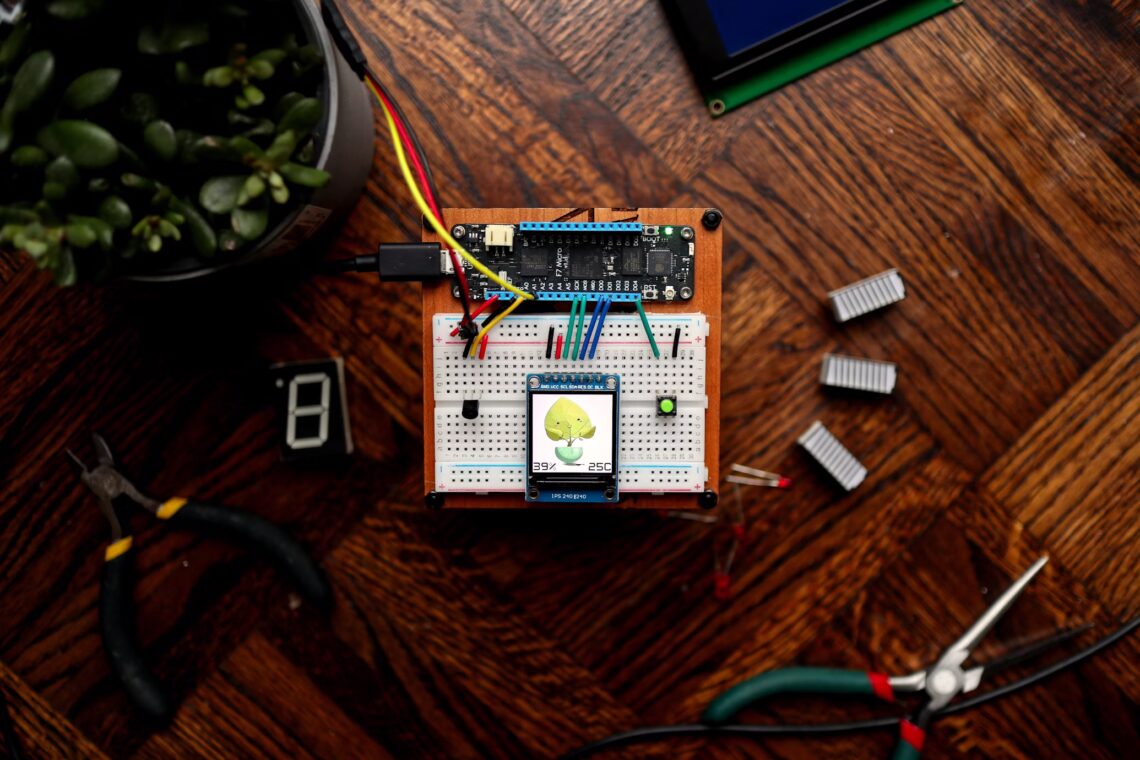The Truth About Talking Cars Let’s be honest—most in-car voice assistants still feel like relics from 2010. Drivers shout commands, the system misunderstands, and we end up jabbing at touchscreens anyway. Yet despite that reputation, automotive voice AI is evolving fast. The difference? This new generation of assistants actually listens.…
Specialized Applications
-
-
Voice AI for Remote Teams: Enhancing Virtual Collaboration
The Communication Bottleneck No One Saw Coming The world has mastered video calls. We’ve optimized task boards, cloud documents, and virtual whiteboards. Yet, remote collaboration still suffers from a silent problem—context overload. Too many tools, too many silos, too much friction in how humans exchange ideas. Enter Voice AI for…
-
Multilingual Voice AI: Challenges and Best Practices
The Strategic Dilemma: Scale vs Consistency As enterprises scale across regions, one question keeps surfacing in boardrooms: how do we deliver consistent customer experience when every market speaks a different language? It sounds straightforward—translate the bot. But multilingual voice AI isn’t about translation. It’s about cultural fluency. About ensuring that…
-
Voice AI in IoT: Smart Home and Industrial Applications
Imagine Talking to Every Device You Own Think about how you control your world right now—fingers, screens, apps. Now imagine removing all of that friction. You speak, and everything from your thermostat to your factory conveyor understands and responds. That’s not science fiction anymore—it’s the reality emerging from the fusion…
-
Voice AI for Accessibility: Supporting Diverse User Needs
Accessibility Is Not a “Feature”—It’s Infrastructure Too many voice AI rollouts treat accessibility as an afterthought. A checkbox. Something you “add” later. Technically speaking, that’s a mistake. If the goal of voice AI is natural interaction, then designing for people with diverse speech patterns, impairments, or accessibility needs isn’t optional—it’s…





